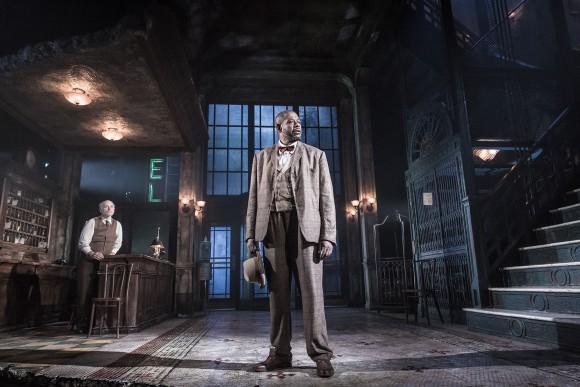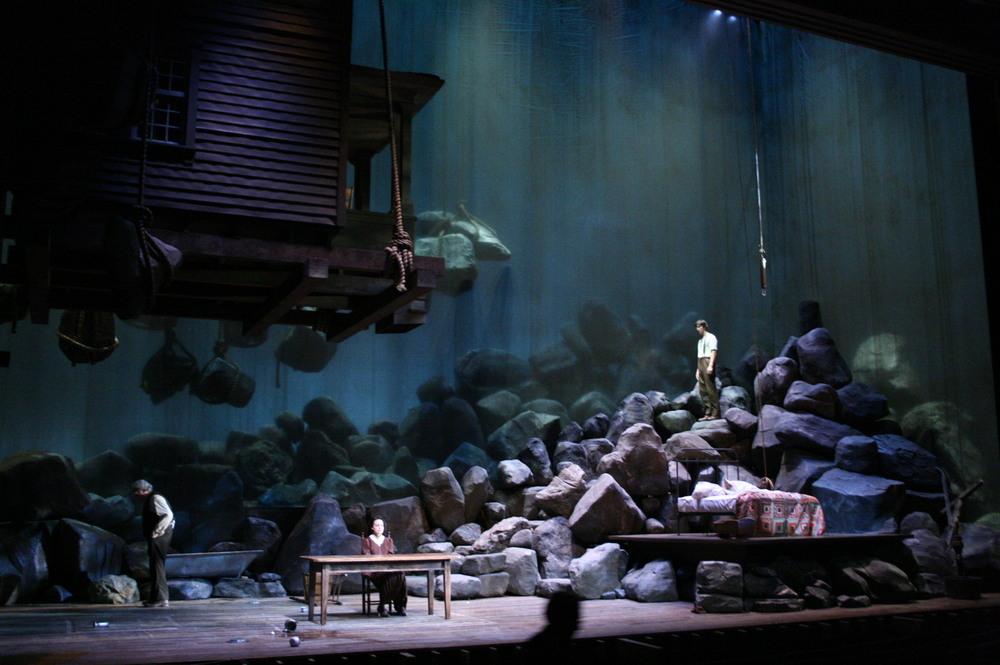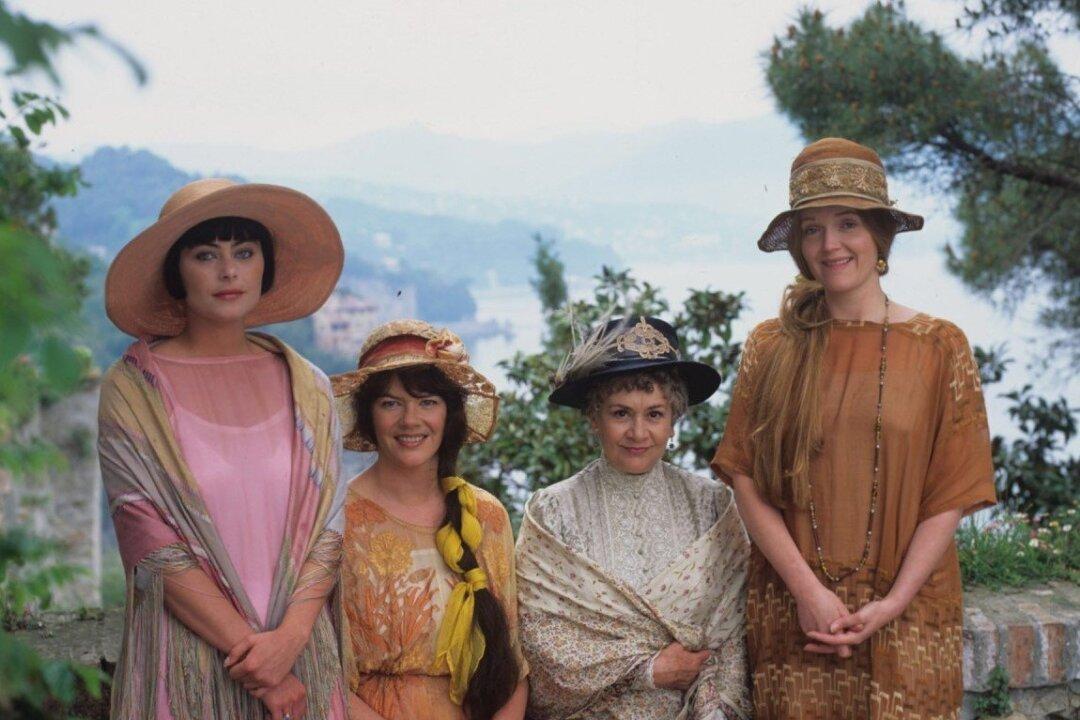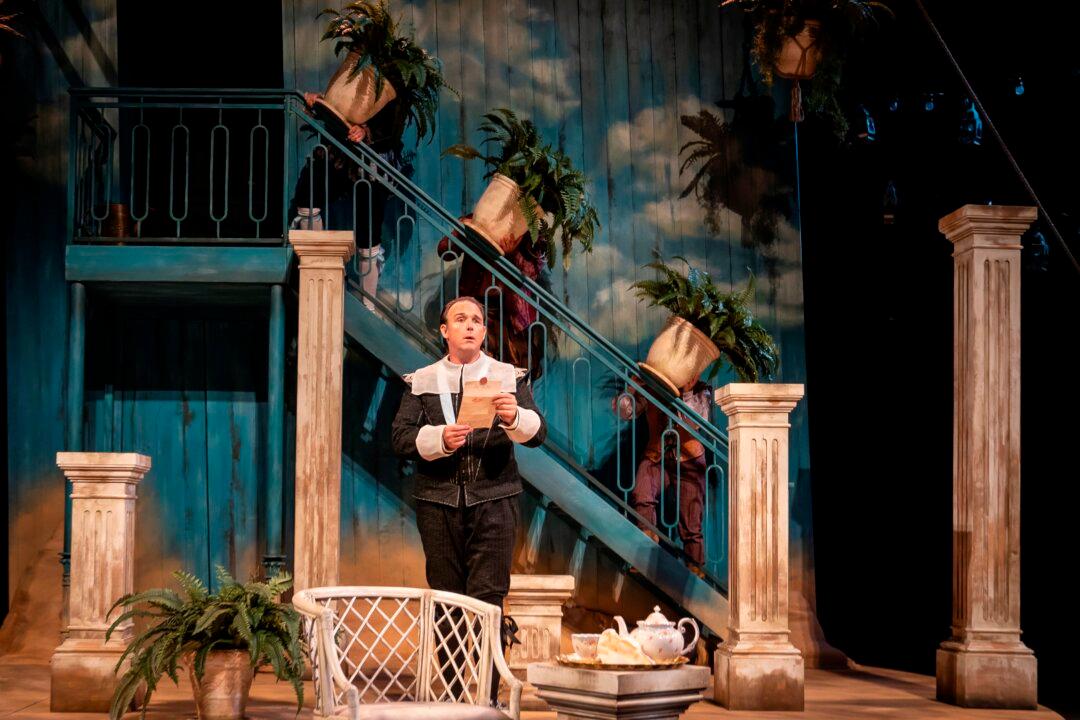Most of us never think about how space is designed in buildings, but a theatrical set design is, by its very nature, there for its audience to mull over.
For each play produced, a designer creates an environment—fantastic, realistic, metaphoric, or stylized—that allows the audience to be transported into the world of the play.
Of course, each play presents a unique challenge for the designer. The designer’s first concern is that whatever actions the actor needs to perform are doable. If an actor needs to open a window, the set must have a working window. But just as important are aspects that award-winning set designers demonstrate.
Establishes Time and Place
Whether a play is depicting a fantasy or a historically accurate event, the audience should be able to tell whether the action takes place in a kitchen, a restaurant, a palace, under the sea, or on a cloud. And there should be details that suggest whether we are in the 1650s or in 1935. At the same time, the set tells us about the characters that inhabit the world we are visiting. Are they rich, happy, lazy, or bored?
Christopher Oram’s Set for ‘Hughie’
Written in 1942, Eugene O'Neill’s two-character play “Hughie,” set in 1928 in the lobby of a third-rate hotel in New York, is essentially a long monologue. Erie Smith, a two-bit grafter, laments that his good luck has turned bad since the death of Hughie, the establishment’s former hotel clerk, who always lent Erie a willing ear. The play reveals the human desire for others to see us as more important than we actually are.






